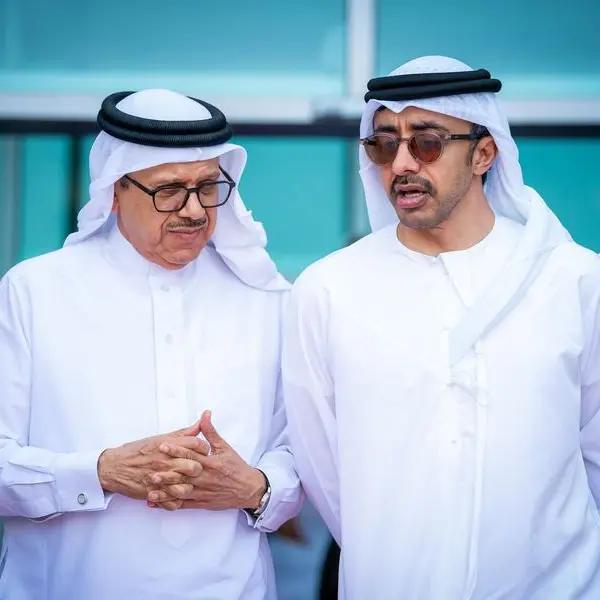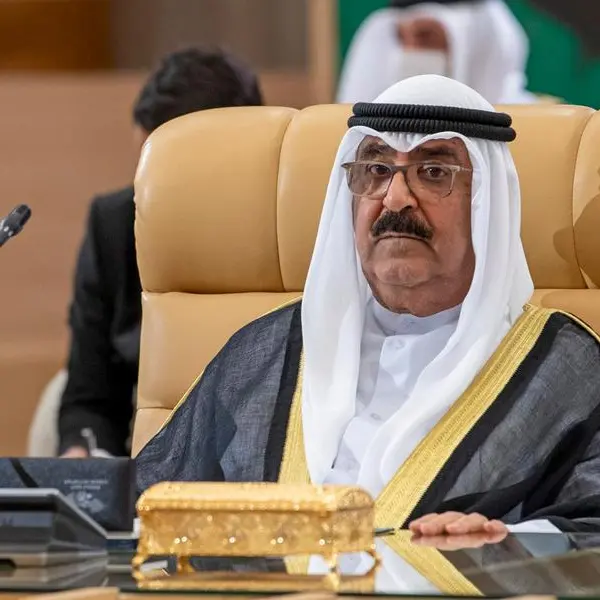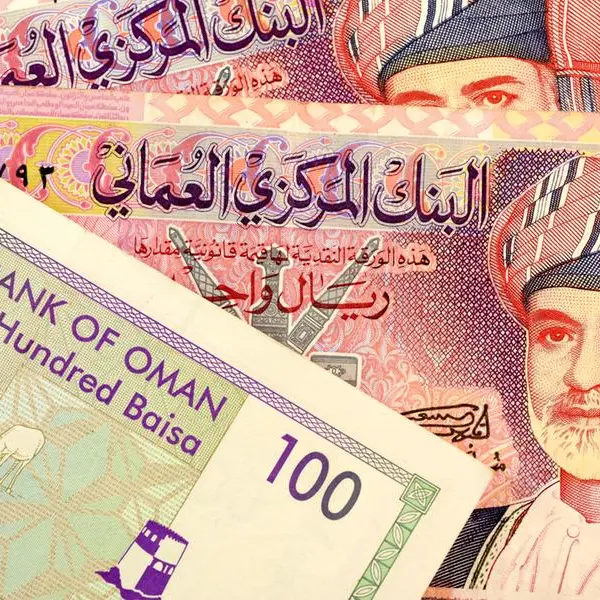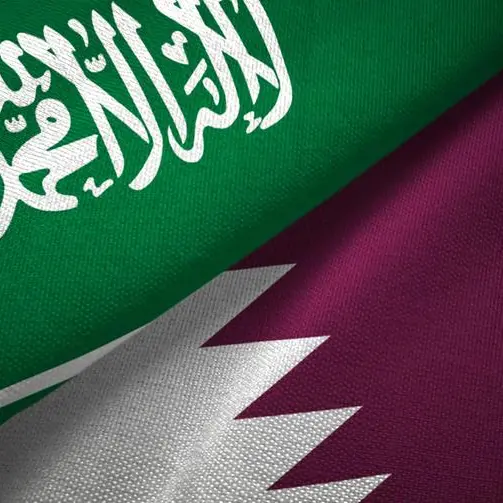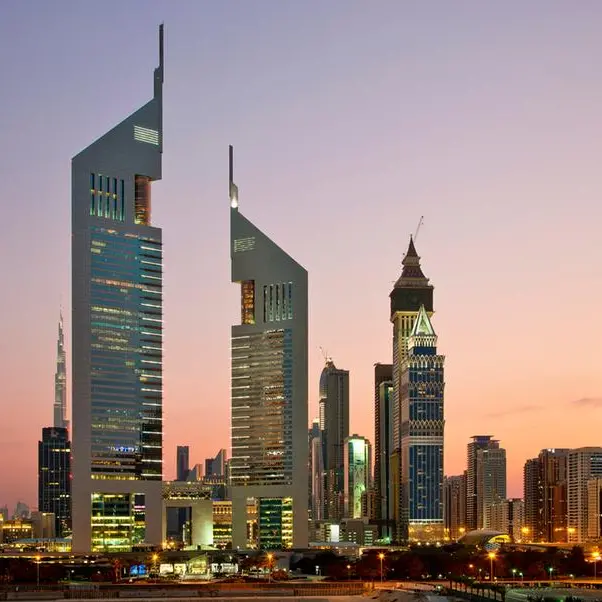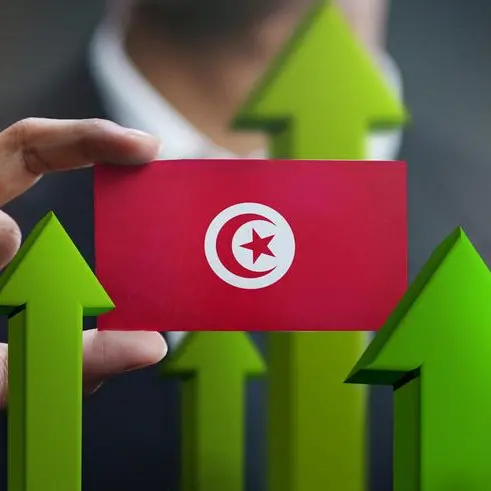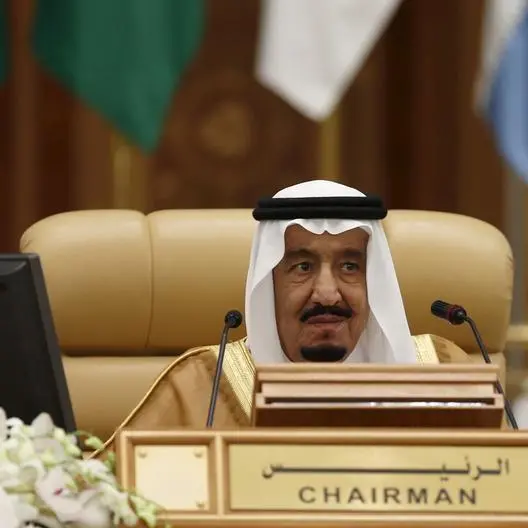Speaking exclusively to Banker Middle East, Samer Abu Aker, Acting CEO of SEDCO Capital, provides thorough insight into the financial and economic developments in Saudi Arabia and the spill over effect on its GCC neighbours
Describe the investment landscape in KSA and the investor appetite for the market. The Saudi economy has always been segregated between oil and non-oil. With oil prices coming under pressure, the need to increase the non-oil segment has heightened significantly. Non-oil revenues mainly comprise of those from petrochemicals, real estate and banking. Real estate/construction derives strength from government spending and a reduction thereof has created challenges for the sector. The services industry has a minimal contribution to the economy, but with a population more than 32 million bears significant potential. Services also include the entertainment sector—which kicked-off its activities recently—can eventually add $50-75 billion to the GDP.
In addition, tourism-related services are also the focus for investment as Kingdom opens up. Currently, the appetite for intake in these sectors is huge and can push the lagging construction/real estate sector due to the basic infrastructure creation for these services. Another area where large ticket investments can be absorbed is downstream petrochemicals. However, patents, technological challenges and oligarchies within this segment make it challenging. Certainly, the current and planned reforms add to the perception that a radical, strategic shift is underway— which is encouraging—and foreign investors are noticing that stability and transparency really are the name of the game.
On another front, the inclusion criteria for FTSE and MSCI in their emerging market equity indices are similar, therefore inclusion in FTSE significantly increases the probability of inclusion in MSCI. At the time of the UAE inclusion in MSCI EM Index, the individual constituents were priced at 80bps dividend yield spread over the MSCI dividend yield.
Applying the same, the large caps in Saudi market reflect further 15-20 per cent price appreciation potential. Such inclusion would encourage global indexing managers to allocate to Saudi equity market given that it is going to be part of global indices. Additionally, we started to have dialogues with international investors about real estate opportunities in the Saudi market. After launching real estate investment trusts (REITs) in the Saudi public equity market recently, expected returns from the real estate sector started to be clearer as REIT prices are benchmarked to the real estate sector. This development by itself better positions Saudi real estate opportunities in the market place.
How have things evolved since the introduction of the Saudi Vision 2030 and most recently KSA’s inclusion into FTSE’s emerging market indices? The investment landscape has become increasingly diversified, primarily due to Vision 2030 as it envisages the opening up of the economy mainly through entertainment and tourism. The inclusion in FTSE emerging market indices is a door-opener for foreigners to peak into the local economy. As soon as the focus from large cap blue chips wears off, the value-hunting in mid cap, small cap and PIPE transactions will pick up, broadening the investment landscape. The services sector in general has been either non-documented or nonexistent.
Separately, the Vision 2030 brought the focus on VAT and legalisation/regularisation of many key economic agendas that have been ignored in the past. As a result, as the short-term pain of reforms wear off, the long-term benefits will become visible and inflow investment would pick up further. Lastly, the current expat outflow will likely give way to skilled and technical expat inflow 18 months down the road. This would further boost the investment landscape in breadth and depth.
Additionally, the culture of settling families in other parts of the region and commuting therefrom will diminish, and this would in turn boost the aggregate economy.
Many are speculating that MSCI would upgrade Saudi to emerging markets status in June following FTSE’s move. What are your thoughts on this? The inclusion criteria for MSCI and FTSE are not that different. Hence, if FTSE’s inclusion happens, then MSCI’s inclusion is more likely than otherwise. In addition, independent clearing house, T+2 settlement, independent depository, foreign ownership limits and settlement financing are all matters that have been taken care off. Therefore, we strongly believe that MSCI inclusion is more than likely.
How would you describe the appetite for Shari’ah-compliant investments in the Kingdom? Investors in the kingdom have preferred Shari’ah compliant investments. When we look at the number of funds that are domiciled in Saudi we see that more than two thirds of all Saudi domiciled funds are Shari’ah compliant and the percentage is even much higher once you compare those funds based on their size. This can be further asserted once we compare the liquidity of equity market with bond market in the kingdom.
Average daily traded value in Saudi stock market was north of SAR4 billion over the last three months while total traded value in the Saudi bond and Sukuk market over the same period was less than SAR100 million. The fact that many of the local debt issuances are considered Shari’ah-compliant Sukuk but have yet to entice retail investors is due to perception and other factors such as Shari’ah concerns and tradability.
However, the fact that the Shari’ah criteria limits the excessive leverage, excessive unproductive cash and avoids unethical sectors, come very close to the natural human characteristics and therefore are gaining more traction not just in Saudi Arabia but across the world.
What are the untapped income generating investments available for investors in KSA? Income generation is key for investors who want to benefit from exposure to assets yielding more than inflation over the medium to long term. In this respect, the real estate market has historically provided a source of income for those who can afford to invest in size. However, retail investors with smaller tickets still need to familiarise with the nascent REIT market, which has long been a pillar of more developed, mature markets like the US and UK.
The most attractive feature of such instruments (although relatively new to the Saudi market) is their direct exposure to physical real estate. An attractive income in real terms (i.e. net of inflation) can be gained through a small and affordable investment in the Tadawul (stock exchange), where they are listed and can be traded (even in small quantities) on a daily basis.
Another untapped source of income-generating investment is, the still ‘unheard-of’ category of multi-asset class income mutual funds, which in other countries can be very accessible to anyone, but are largely unknown in KSA. We anticipate a sizeable future growth of such products, whose attractiveness can be greater if aligned with the global mega-trend of socially responsible investment, as a testimony of the winning combination between global diversification, higher income, steady returns and social commitment.
How has the IFRS 9 impacted financial institutions in KSA? And looking forward, how do you see IFRS 16 affecting the market segment? The implementation of (IFRS 9) from January 2018 will strongly affect the way of recognising the credit losses in the profit and loss statement. IFRS 9 introduces an approach based on future expectations, namely expected losses. While impairments are currently recognised based on incurred losses. The main impact on financial institutions is the need to recognise expected losses for all financial products, and at individual and grouped-asset levels.
Financial institutions will have to update their calculation at each reporting date to reflect changes in the credit quality of their assets. This will increase the number and frequency of impairment in the profit and loss statement. Under IFRS 9, when a loan is acquired, it is assessed for expected losses over an initial 12-month period and an upfront provision is booked automatically, triggering an immediate capital hit. However, for most GCC financial institutions, the impact to write provisions upfront will not be asaud significant because they are already used to book general reserves when they extend new loans. Moreover, the IFRS 16 Leases will be effective from 1 January 2019.
Leasing is a financing solution. It is a flexible solution that allows companies to access and use property and equipment without needing to incur large cash outflows. Under the new leases standard, lessees are required to recognise nearly all leases on the balance sheet which will reflect their right to use an asset for a period and the associated liability for payments. It is anticipated that lessees will be greatly affected by the new standard, particularly on their financial reporting, asset financing, as well as contact and data management. Whereas the accounting for lessors largely remains unchanged.
Entities will also see an increase in their debt and leverage ratio due to the new leases standard. Industries that will see the largest impact on reported financial ratios and performance measures are the retail and wholesale sector, the airline industry, professional services and the healthcare sector.
In your opinion, what are the major concerns for potential investors that are looking to tap into the Saudi market? A dispute resolution mechanism that hasn’t been tested to its full extent; process infancy; lack of precedence; under process policy frameworks and fast reform process are the key challenges for investors.
As the head of a financial institution yourself, what are the challenges and opportunities you see navigating through an interesting time in this market? In the past, Saudi Arabia stimulated the economy through wages and subsidies. This is now changing. In the 2018 budget, wage-heavy spending areas such as education and security have been reduced, as have subsidies. Meanwhile, capital investment has increased greatly, which is a pre-requisite for boosting potential growth.
However, government-led activity still remains at elevated levels, suggesting that investing into Saudi growth will only occur gradually as government ownership shrinks Within this blended public-private model, the opening up of society is going to drive rapid growth in the real economy: the emancipation of women; the easing of restrictions on public entertainment; and the opening of the Kingdom to foreign visitors.
These are challenging though necessary reforms which will structurally benefit the economy. Saudi Arabia should return to modest growth this year, with more rapid growth in the non-oil sectors (of three to five per cent), even if oil prices revert to the $40/bbl level.
What is SEDCO Capital’s practises in diversifying investments and assets allocation? Having managed assets at a global level for several decades now, SEDCO Capital’s approach is very much aligned to the highest international standards. A 35-strong team of highly skilled professionals into both liquid and illiquid asset classes, such as global listed equities, Sukuk, money market instruments, private equity, as well as local and international real estate. Our investment process is driven by a critical examination of macroeconomic and financial markets fundamentals, as well as benefits from the highly valuable insights that we gain from our parallel exposure to both public and private markets both from a top-down and a bottom-up perspective.
Each member of the investment committee provides their independent view on different asset classes and markets, and the combination of each assessment translates into a shared, quali-quantitative, team-based outcome which has to be fully scrutinised and validated by our internal risk management function before being implemented. This ensures that all investment decisions comply with the strictest principles of diversification based on the most efficient risk/return trade-off. At SEDCO Capital we pride ourselves to be the pioneers of a very innovative approach, the ‘Prudent Ethical Investing’ (PEI) philosophy, where the principles of Islamic investments combine with those of social responsibility. Our own research has long demonstrated that such an approach generates higher returns than conventional investments in the medium term on a risk-adjusted basis.
How does your pipeline look like for 2018? We have been exploring several important initiatives. For instance, for the leasing/ income generating asset class, building on our past success in Shari’ah-compliant leasing, we will be launching a subsequent US-based equipment leasing fund later this year. The fund focuses on leasing mission-critical equipment to Fortune 1000 companies in the US especially the ones with investment-grade credit profile. Moreover, we are in advanced stages in considering investments in infrastructure assets globally.
These investments are designed to provide annual income to investors while providing downside protection to preserve initial capital, all while being Shari’ah-compliant. In addition to that, we have a healthy private equity pipeline of co-investment opportunities under review across Europe, US and Asia with our GPs across healthcare, tech-enabled consumer and logistics sectors. We are also working on several other projects and initiatives across the board for other asset classes.
Lastly, we are in the final stages to launch our second built-to-suit fund, which is focused on developing specialised properties within the requirements of secured long-term and institutional tenets.
What is your outlook on the financial sector this year and over the short-term? We are optimistic on the financial sector. This is because the cost of deposit is lower than the global average and the pace of growth in this cost is slower than the repricing of loans. Therefore, it is highly likely for NIMs to continually expand on the back of rising US rates and the fact that the Saudi riyal is pegged to the US dollar. In addition, the provisioning levels for banks are better than the global average and paced reform-related effects are likely to wear off in the coming months. The long-term positives will then come into play increasing the loan-to-deposit (LTD) ratio further and pushing the NIMs higher. The potential for rapid deposit growth is limited but the profitability is likely to keep up the pace.
The fact that local banks are trading below their peers in terms of relative company valuation furthers the positive case. Saudi banks (and banks in the GCC region to a lower extent) enjoy a high level of demand-to-total deposits. This ratio averaged 62 per cent as of the end of February this year for Saudi banks, which means that rising interest rates is a net positive to banks’ profitability as their interest yield will increase more than their cost of funding.
However, economic activity in the Kingdom is growing at a slower pace on rising operating costs for corporates and declining purchasing power for consumers on the back of the implementation of economic reforms. This in turn could lead to a subdued loan growth and potentially weaker asset quality as some corporates would find it challenging to service higher borrowing costs during the current economic environment.
What is your personal management style? Empowering people in the organisation through a results-oriented management mind set and style is a key element in our organisational culture and behaviour; this was easily achieved as we continue to invest in human resources and attracting the best calibres in the industry. I delegate to my team while holding them responsible to allow them to manage their task creatively.
I put more focus on coaching my team and invest more time and resources in learning and development practices. We are happy to say that this unique organisational culture, along with investment in human capital, has secured us the 4th best working place in the Kingdom of Saudi Arabia (as part of our parent company—SEDCO Holding Group). I am also pleased to say that our organisational culture and management practises alongside this achievement are in line with the Saudi Vision 2030, the National Transformation programme (NTP) 2020, and the Kingdom’s future ambitions of developing and empowering the human resources.
© 2018 CPI Financial. All rights reserved. Provided by SyndiGate Media Inc. (Syndigate.info).
